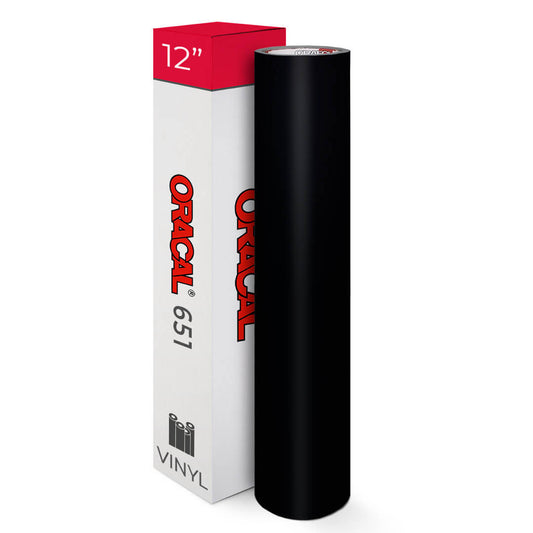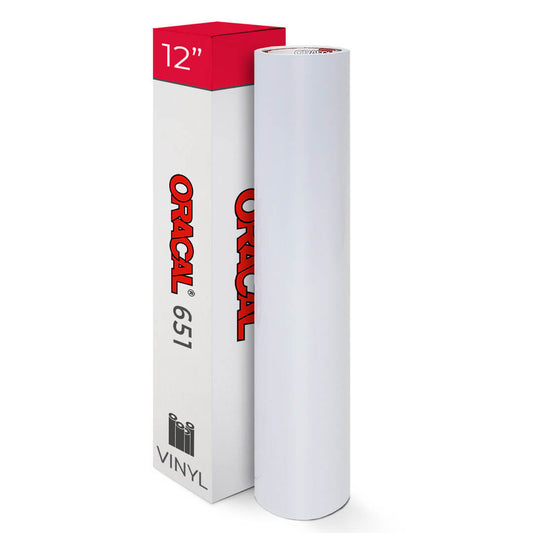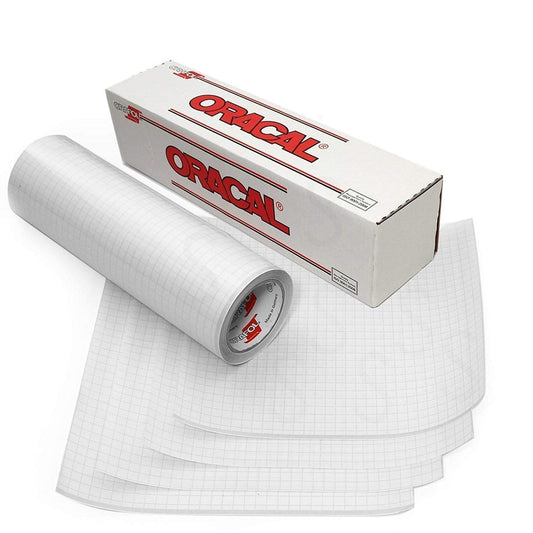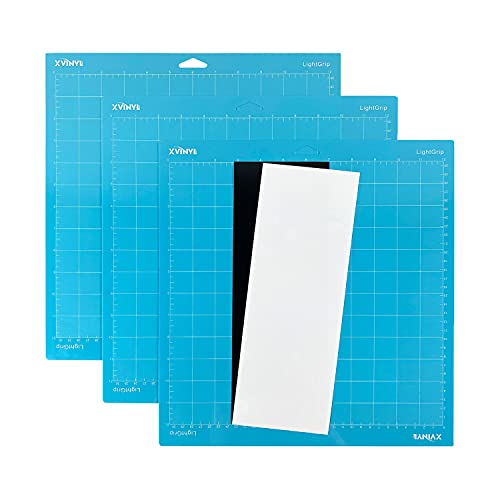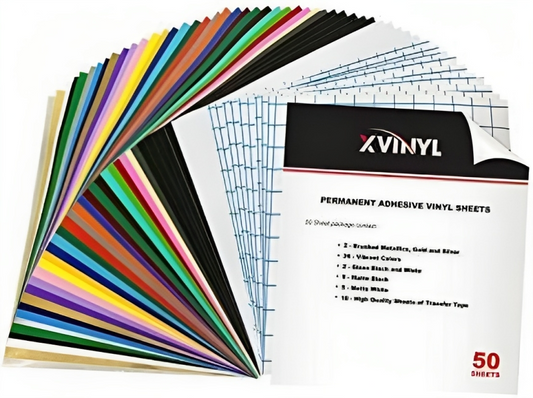Can you apply Heat Transfer Vinyl to leather?
We get asked this question a lot. Can you apply Heat Transfer Vinyl to leather?
You may be surprised to learn that Heat Transfer Vinyl may be applied to the leather. Yes, you are correct! This easy method for personalizing leather gifts is a lot of fun. This post explains how to iron on leather to personalize it with HTV. Using an HTV creates a wonderful personalized present. I'll show you how to apply heat transfer vinyl to leather and go over everything you need to know.
MATERIALS NEEDED:
• Leather Substrate
• Cutting Machine
• Teflon Sheet
• Weeding Tool
• Heat Press or Iron
• Scraper tool or application tool
Applying Heat Transfer Vinyl on leather is simple and, to be honest, reasonably similar to applying Heat Transfer Vinyl to some other substrate. The basic steps are as follows:
CHOOSING, SETTING UP, AND CUTTING THE DESIGN
On the Design Space, select and set up the design you prefer. Take your chosen design's measurements on your face mask, and then begin measuring the design. Because we're using Heat Transfer Vinyl, we'll need to mirror the design so that the cutting machine can cut it correctly. Don't forget to MIRROR the design before sending it to cut.
Place your Heat Transfer Vinyl on the cutting mat with the glossy side facing down, then rub it down with an application tool to ensure that it adheres to the mat. This helps ensure that the vinyl does not move and slips off the cutting mat while it is in the cut process. Press the start button on your cutting machine after loading the cutting mat.

WEEDING THE DESIGN
It's now time to weed your HTV once it's finished cutting. Weeding is the process of removing unnecessary pieces from your design. Use a sharp weeding tool to pick up the little pieces easier and for a better weeding experience.

You're ready to apply your design to the leather once you've removed all of the excess vinyl.
APPLYING THE DESIGN TO THE LEATHER SUBSTRATE
Lay the HTV design directly on top of the leather substrate, with the sticky side of the carrier sheet facing down. Then, place it on your leather surface. Next, set your iron to the cotton setting and turn off the steam. When working with leather, it's highly recommended not to use steam. It's preferable if your iron doesn't have any water in it at all. Water can discolor and harm the surface of your leather.

To protect the leather surface, place a cover sheet over the decal (a thin piece of cotton, parchment paper, or multi-purpose paper all work); in our case, we used a Teflon sheet. Place the iron on top of your design and press down for 10-15 seconds with firm pressure.

REMOVE THE CARRIER SHEET
Slowly peel away the carrier sheet, checking for HTV adherence. You have a good application if you can see the texture of the leather through the vinyl. Use a cover sheet if you need to apply more heat to the vinyl. A hot iron should never be used directly on HTV since it will melt the substrate.

Always test a small corner of the design before removing the rest of the carrier sheet, whether it's a layered design. If the design lifts from the carrier sheet, it hasn't been adhered to yet and will require additional pressing time. Press it for a few seconds longer, then test a small corner once more.
Finally, after removing the adhesive backing, push for another 5 to 10 seconds for better application of the HTV on the substrate.
That ends our discussion. I hope you found this step-by-step tutorial helpful and that it has encouraged you to take your chance at your iron-on leather project. We've finished customizing your leather substrate, and it's now ready to be used as a unique personalized present.
Check out our online store, www.craftvinyl.ca, if you're looking for more crafting items like Heat Transfer Vinyl.
Thank you for your time! Have fun making and stay safe!

